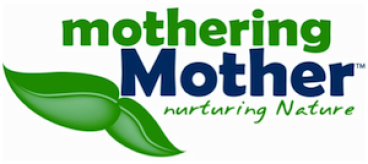3 T brown rice, any variety is fine
1 cup dried split peas, yellow only, or a mix of yellow and green
3 1/2 cups water
2 bay leaves
2 T ghee butter or olive oil
2 cups chopped onions
2 cloves garlic, finely chopped or crushed
1 t freshly ground cumin
1/2 t cinnamon
1/8 t cayenne
1/2 t freshly ground coriander
2 cups vegetable stock
2 t fresh lemon juice
salt, pepper to taste
t = teaspoon
T = Tablespoon
Rinse the rice on its own first. Roast it in the saucepan until it is dry, on a medium low heat. This means to stir it continually with the heat underneath until it is dry. Dry roasting grains like the rice helps to make them more alkaline for the body. When cooked without roasting rice is acidic for the system.
Rinse the split peas, add to the saucepan with the water and bay leaves. Bring to the boil, simmer on the lowest heat possible for an hour. If you have a heat disperser this is a great situation in which to use it. The gentler the heat the more that the peas spread apart and give a soupier texture, as opposed to a chunky texture.
While the soup is cooking warm the ghee or oil in a frying pan over a medium heat. Add the onions and garlic, cook until soft. Add the spices and cook longer, allowing the onions to become slightly browned. Scoop the onion and spice mixture in with the cooked peas, rinse the frying pan with the stock and add this to the pea pot. Bring to a gentle boil, add salt and pepper, turn off the heat and let sit for 10 minutes. Add the lemon juice just before serving.
Serves 4 for dinner.
This soup has a surprising flavor. The onions give a sweetness, the cayenne gives a spice and the peas give a much needed winter warmth!
Namaste,
Sydney

